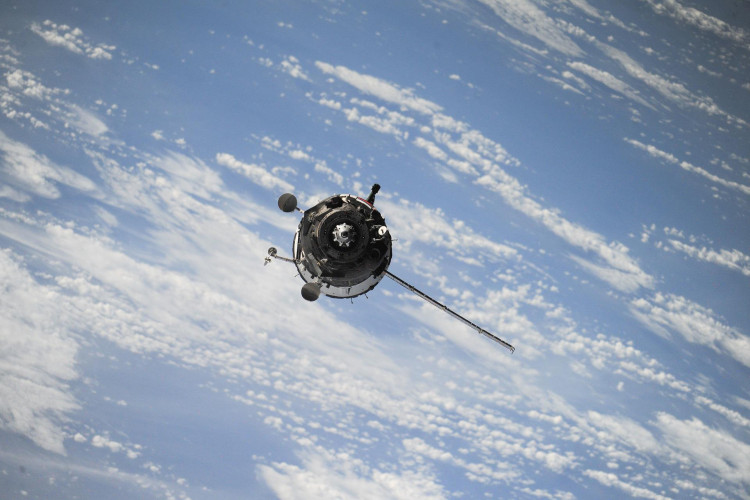NASA is planning to launch an 8.4-foot telescope into the upper stratosphere by way of a balloon the size of a football stadium.
The telescope is called ASTHROS (astrophysics stratospheric telescope for high spectral resolution observations at submillimeter-wavelengths), which will observe the gases around giant stars that are newly formed by studying the far-infrared light they emit. The goal is to get a clearer idea of how star formation and supernova explosions affect their surrounding materials.
ASTHROS will have to reach an altitude of about 130,000 feet, since far-infrared wavelengths are usually blocked by our atmosphere. To get the telescope that incredibly high, NASA said it would take a helium-inflated balloon around 400 feet wide.
With balloon missions, NASA will be able to send tech into space at a lower cost. The period of time between planning and deployment is considerably shorter as well. This means they can accept the higher risks associated with using new or state-of-the-art technologies that haven't yet flown in space. These risks are either operational or unknown technical issues that can affect how the mission will turn out. But my coming up with a workaround, these balloon missions will pave the way for future missions to benefit from these new technological innovations.
ASTHROS is made up of of an 8.4-foot-wide dish antenna along with detectors, lenses, and mirrors made to capture far-infrared light. The detectors will be kept cold using a cryocooler just a shade above absolute zero to ensure it works to its optimum shape.
ASTHROS will observe four targets, including the star-forming Carina Nebula in the Milky Way. The telescope is tasked to observe newly formed stars and measure the density gases surrounding it. It will also check for certain types of nitrogen ions.
"These nitrogen ions can reveal places where winds from massive stars and supernova explosions have reshaped the gas clouds within these star-forming regions," NASA wrote. The agency aims to learn about the process in order to "gain insight into how stellar feedback works and to provide new information to refine computer simulations of galaxy evolution."
ASTHROS should complete its two or three loops around the South Pole in about 21 to 28 days, carried by prevailing stratospheric winds. After nearly a month, the balloon will separate from the gondola and will float back to our planet using a parachute. In the future, it can be reused.
The tentative launch date is December 2023 from McMurdo Station in Antarctica, which is managed by the National Science Foundation through the U.S. Antarctic Program.





